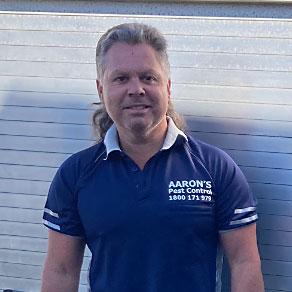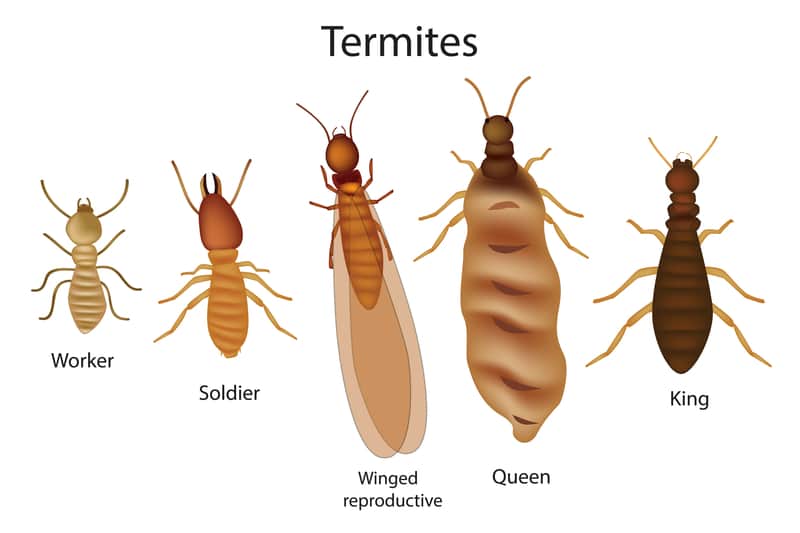
Termites have several castes that have definite tasks within the colony:
- Queen/s: there is usually one main (first-form) queen who may have been the original founder of the colony. She may be larger than other colony members and swollen with eggs. Queens can live and reproduce for a long time (up to 20 years in some species). There may also be several supplementary queens in a colony, which can take over egg production from the primary queen when she dies.
- King: the original king fertilises the queen and helps to tend the young during the foundation of the colony.
- Workers: who are blind, sexless & wingless with white-bodies and thin skin, these are the most numerous in the colony and are involved in food gathering, feeding and tending the young and the queen, and building or maintaining the nest. They rarely emerge from the nest or associated tunnels, as they dry up easily outside the humid nest environment.
- Soldiers: are the colony defenders who are also blind, sexless & wingless. They are sometimes larger than workers, but mostly the same size, with darker heads. Two body forms are possible, with a particular species having one or the other: mandibulate (fully-jawed) and nasute (long-nosed). Some species also have two size classes – major and minor soldiers.
- Reproductives – both winged and wingless: these are the future kings and queens. Beginning as wingless nymphs, they develop by shedding their skin through several stages until they are fully winged adults. With darker, more durable bodies and compound eyes, they are able to survive for short periods outside the colony. They are destined to either leave the nest on a colonising flight or to take over from the queen if she dies.
- In some primitive termite species, there is no real worker caste, with the developing young taking on different roles as they moult. They may remain as undifferentiated workers, or moult into either a soldier or a reproductive form.
Life history cycle
Termites undergo an incomplete metamorphosis, with three developmental stages:
- Egg
- Nymph
- Adult
The eggs hatch into nymphs (the first instar) that are fed by the workers, and these nymphs then moult several times, differentiating into worker, soldier or reproductive forms. Development into adult forms takes several months, depending on food, temperature and the size of the colony. Hormones are thought to control the numbers of each caste, with imbalances corrected by nymphs developing into whichever form is needed at the time.
Breeding behaviours
Colonising flights
Termite colonies are formed when the winged reproductive forms leave their original nest and take a colonising flight. These flights occur during warm humid weather and usually take place during spring and autumn. The right combination of climatic conditions increases the chances of success in founding a new colony.
Starting a colony
Once a suitable site is found, the mating pair (the new king and queen) drop their wings, hollow out a small mating chamber, and the queen begins to lay a small number of eggs. Both the king and queen care for the young at this early stage. As the colony grows, the different castes take on their roles of workers and soldiers, leaving the queen to produce more and more eggs. She will produce 10-20 eggs in the early stages of a colony and may go on to lay over 1000 eggs a day after several years.
Mud Tubes
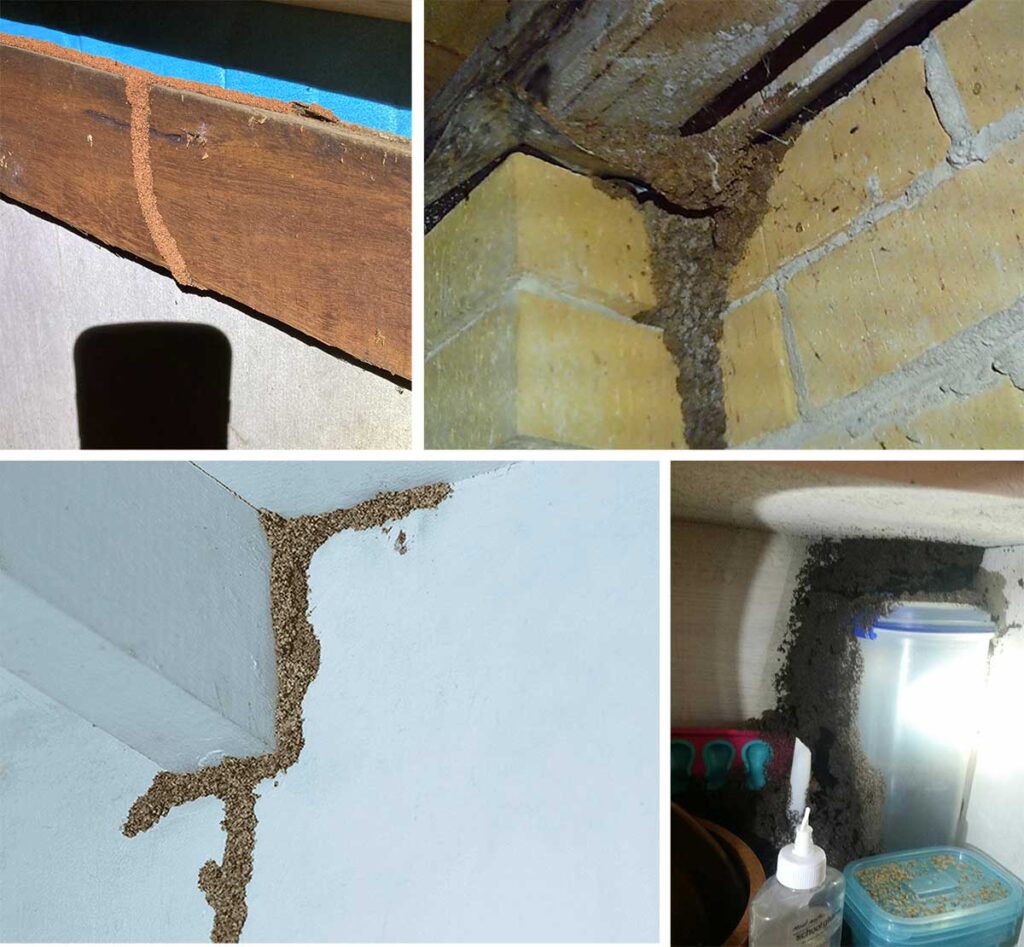
A prominent sign that you may have a termite infestation is if you notice mud tubes on the interior or exterior of walls or wooden beams. Termites create these mud tubes for several reasons. These narrow passageways are made of wood and soil, which connect the two, shield the termites from predators, and keep them from dehydrating.
Wood Damage
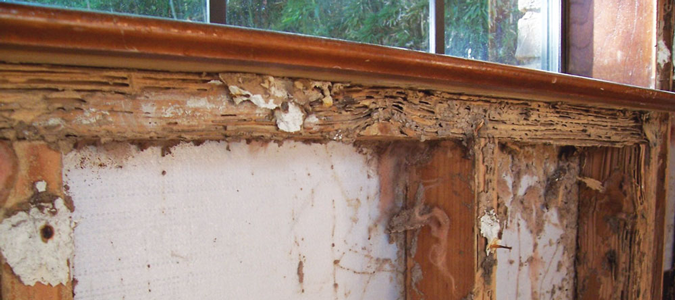
Termites severely damage your wood’s structural joints, so if you knock on wood and it sounds hollow, that is a tell-tale sign of an infestation. Another way to determine wood damage is to use a screwdriver to expose any tunnels the termites created.
Evidence of Swarms
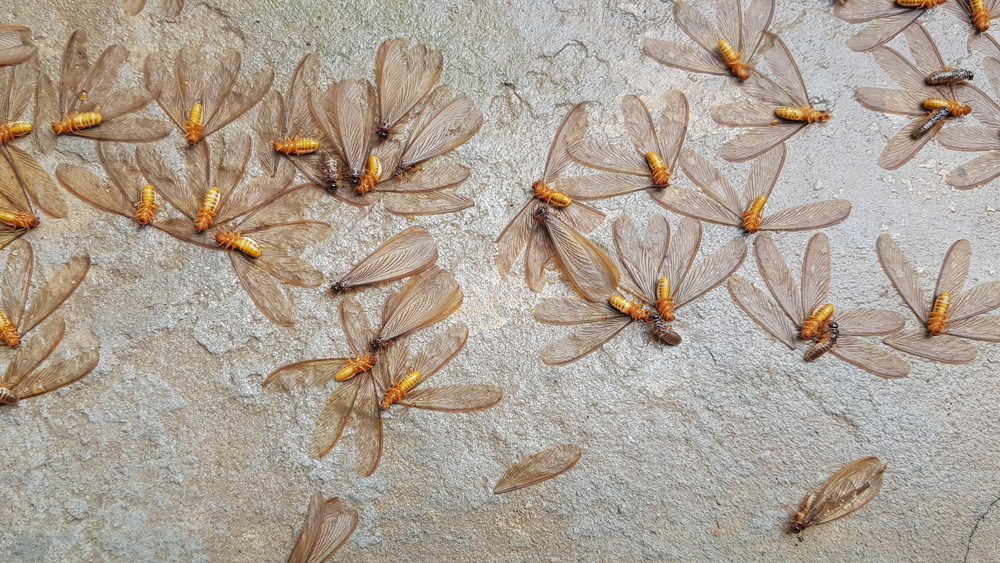
When the weather becomes warmer, generally around spring, termites look to develop a brand new colony. If you see a temporary swarm of termites in your home, in the soil or around the exterior of the house, you can expect you have a termite infestation. Discarded wings from swarmers are another sign.
Buckling Paint
Although it is not necessarily a definitive sign of termites, cracked or bubbling paint can be a way to determine the presence of subterranean termites. When termites damage drywall, they create access for moisture and air to get between the paint and the surface, causing the paint to bubble or crack.
